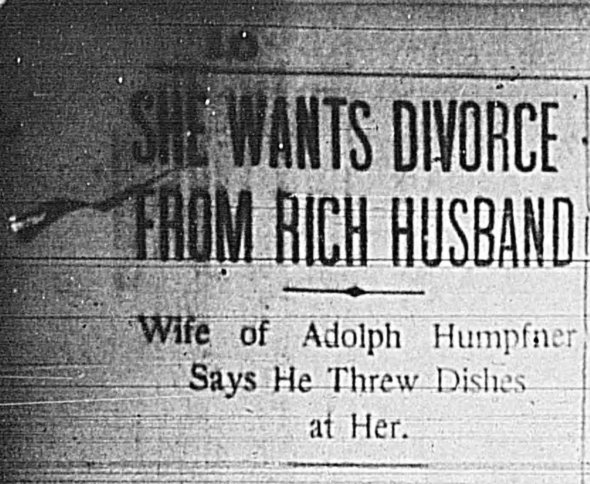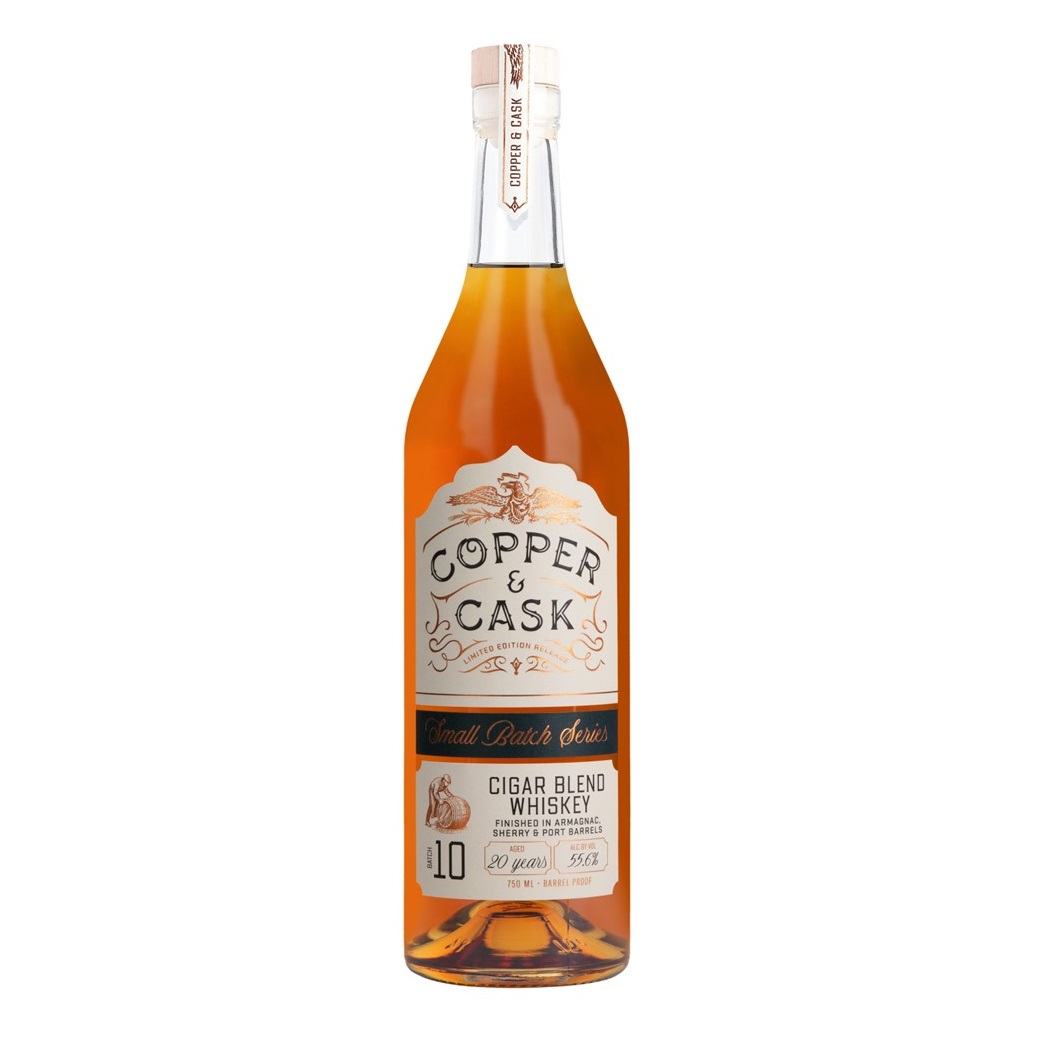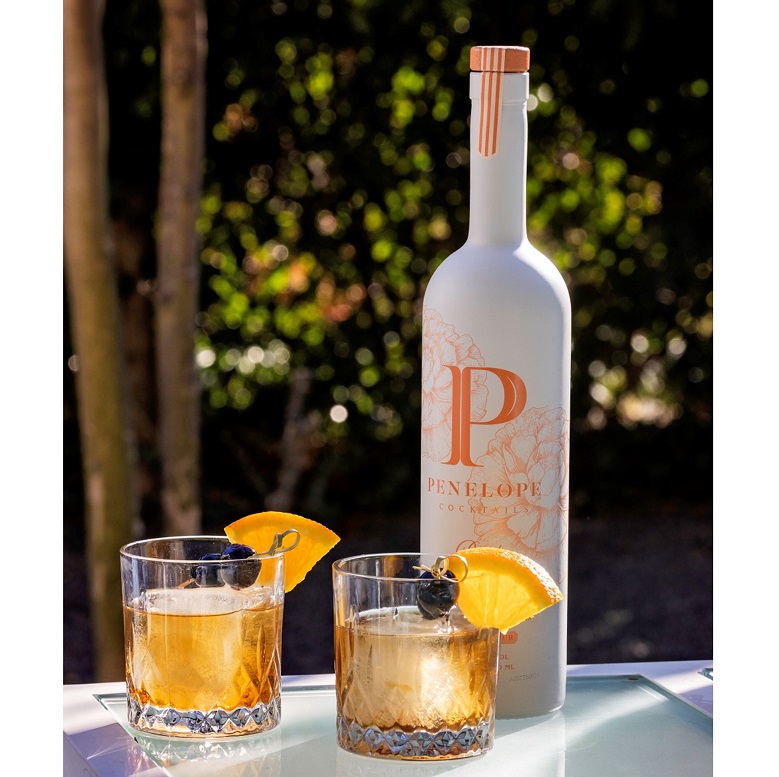Is The Prohibition Whiskey Found In The New York House Fake?

When I saw the story circulating about the couple finding Prohibition-era whisky in their floorboards and in their walls, I thought it was another cool renovation story. These stories surface from time to time: People get to cracking open their old houses and find whiskey bottles, hidden from the Prohibition-era law and nosy in-laws.
Then, I learned this Ames, New York, home belonged to a prominent bootlegger and saw the whisky found — Old Smuggler Scotch. I immediately said to myself, “Oh, yeah, I’m not drinking that.”
Over the years, I’ve bought a lot of old whisky and whiskey, and I’ve helped auction houses and charities determine provenance and bottle histories. And I never get excited about bootlegger whiskey. Why? Well, they were bootleggers.
And while we may celebrate bootleggers on contemporary bottles like Remus and Templeton today, the fact is they were criminals and many cut whiskey with the likes of Kerosine and sulfuric acid. It’s also true that they robbed Kentucky Bourbon Distillers and stole medicinal whiskey, and they had pockets of legit booze still in circulation, so not all the whiskey was bad.
In addition, there’s evidence that the Old Smuggler whisky from Prohibition was a favorite of the bootlegger for counterfeiting. A Canadian syndicate was known to create Old Smuggler counterfeit labels and tax strips, according to the 1925 reporting of Collier’s Weekly. They also regularly used pinched bottles, a dented-sides bottle style that was considered fancy and reused a lot by hotels. Pinched bottles were almost used in the same way we use decanters today.
The skipper told of one bootlegger who had a stock of counterfeit Old Smuggler labels on hand. He made up is Scotch from Scotch malt and then found that only pinched bottles were available. So he put the spurious whisky into pinched bottles and put Old Smuggler labels on these bottles. Have you a little Old Smuggler in Pinched bottles? If so, you have synthetic liquor.
The Tampa Bay Times, September 2, 1925
Now the photos the New York couple have shared on their super cool Facebook page, Bootlegger Bungalow (new follower here), thus far do not appear to be in pinched bottles. However, we do know that this was bootlegger whisky, due to the connection and the extensive efforts to keep these hidden and how well preserved they are. Each bottle appears to have been wrapped, to keep away mice, and placed in parts of the home to remain cool in the summer and warm in the winter. From what I can tell, one could not have stored this whisky any better.
So whether it’s fake or real depends on the honor of the bootlegger — Adolph Humpfner, whom, served as a real estate executive. Interestingly, Humpfner’s wife also wanted to divorce him because he threw dishes at her.

When arrested in 1930, with stills being destroyed by officers, Humpfner denied the allegations and appeared to be more concerned about his reputation than anything, citing this as an effort to damage his financial standing.
Of course, all of that comes back to: Is the whisky legit? Well, given the fact there is so much evidence supporting this was a bootlegger’s favorite brand to counterfeit, and there is a still linked to the bootlegger in question, I lean toward this being fake whisky. However, I am not throwing in the towel just yet. I would suggest getting a couple bottles tested and seeing what other brands pop underneath this home.
Even still, the best part of the story is Nick Drummond and Patrick Bakker, the couple who owns the home. Their Facebook page gives us a look into what it’s like to renovate an old house. I geek out about that stuff. And the fact they’ve brought so much intrigue and interest to whisky history makes me hopeful this bootlegger was one of the good ones.
Fred Minnick is a whiskey historian and taster. Follow his YouTube Channel and Instagram. Also, read his books Whiskey Women and Bourbon for more Prohibition history.








